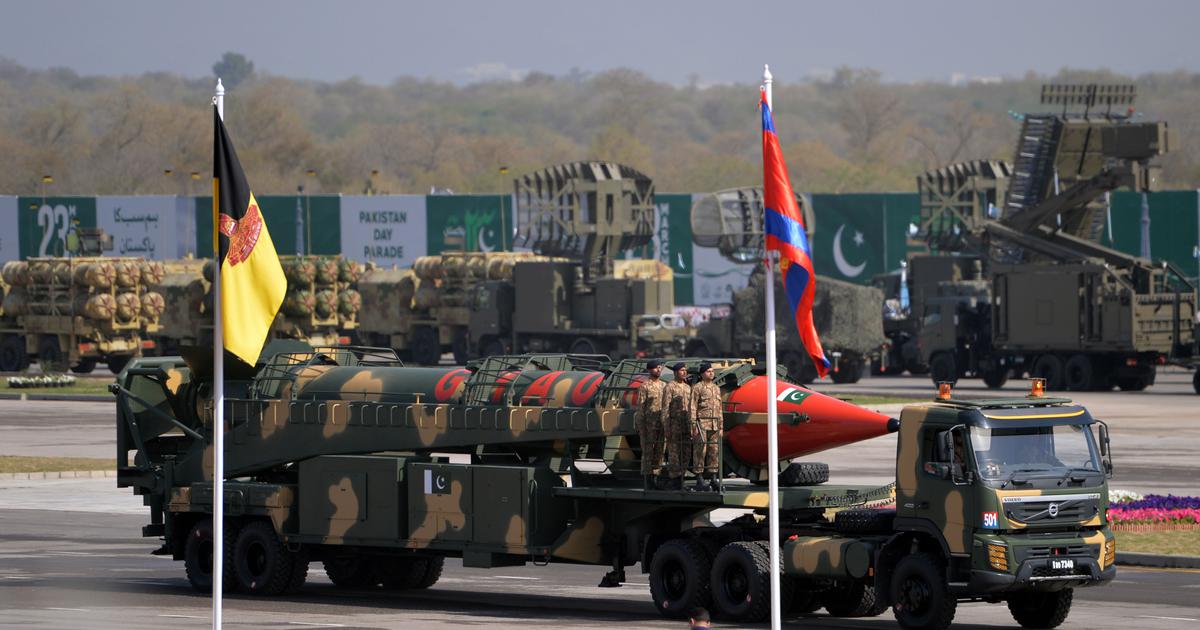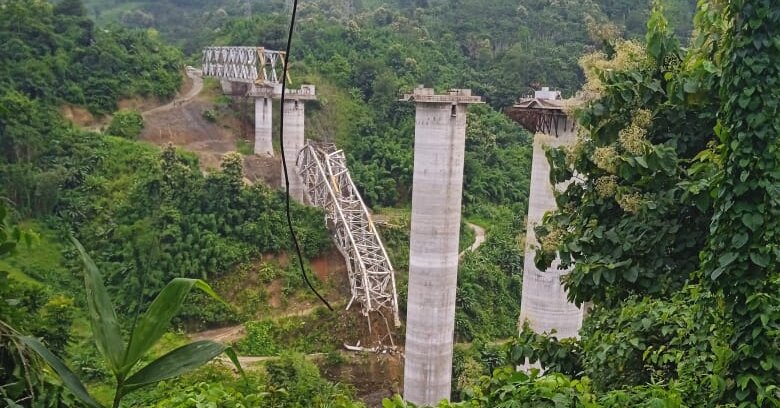India’s new Navy chief pilots ‘blue-water’ strategy
India’s new Navy chief sits at the helm of an emergent, “blue-water navy” strategically positioning the country’s stated aspirations to command a dominant role in the Indian Ocean.
Admiral Devendra Kumar Joshi, 58, replaced retiring Navy chief Admiral Nirmal Kumar Verma on Aug. 31. India’s Navy has 123 ships and 11 submarines.
Blue-water navy refers to the ability to exercise sea control at wide ranges. Specifically, the term describes a “maritime force capable of sustained operation across open oceans, project power from the home country and usually includes one or more aircraft carriers,” according to U.S. Defense Security.
Naval build up expected
A total of 46 new war ships and submarines are under construction and about 15 are expected to be added to the fleet during Joshi’s three-year tenure.
Projects slated for the next three years include a Russian-built aircraft carrier, U.S.-built long-range reconnaissance planes, an indigenous nuclear-powered submarine under construction, and a dedicated naval satellite.
The new ships and submarines will add to India’s presence as a maritime power and reinforce its capabilities on the high seas.
India’s maritime activity is gaining world recognition, marking the period as the country’s biggest naval power increase since independence from Britain in 1947.
Visiting India in June, U.S. Secretary of Defense Leon E. Panetta said, “In terms of regional security, our vision is a peaceful Indian Ocean region supported by growing Indian capabilities.
“India is one of the largest and most dynamic countries in the region. … India is at the crossroads of Asia, the crossroads of the new global economy, and at the crossroads of regional security. We will stand with India at those crossroads.”
Developments during Joshi’s tenure will be watched from both sides of the Pacific Ocean.
Anti-submarine warfare specialist at the helm
Joshi, who was commissioned in 1974, is the 21st chief of the Navy since the country’s independence. He is a specialist in anti-submarine warfare and has served in command, staff and instructional appointments.
His experience includes a stint in warship production and acquisition as the assistant controller of the Aircraft Carrier Program [ACCP]. He then worked at the “Operations Branch,” first as an assistant chief of naval staff [Information Warfare and Operations] and then as deputy chief of naval staff. Notably, Joshi has been the commander-in-chief of the Andaman and Nicobar Command, the only tri-service integrated command in India.
He went on to serve as the chief of Integrated Defence Staff and was the Flag Officer Commanding-in-Chief of the Western Naval Command at Mumbai. He served as the defense adviser in the Indian High Commission at Singapore from 1996 to 1999.
A native of Dehradun in the northern state of Uttarakhand, Joshi studied at Hansraj College in New Delhi. He graduated from the U.S. Naval War College in Rhode Island and attended the National Defense College in New Delhi.
Joshi is requesting not only changes to hardware, but infrastructure as well, saying, “We would need to professionally re-audit, train and consolidate preparedness.”
Overall expansion plan
In addition to the 46 ships under construction, “acceptance of necessity” for 49 more ships and submarines has been approved by the Indian government. The vessels under construction include an aircraft carrier to be constructed in India along with destroyers, corvettes and six submarines to be constructed in France.
The first to be added to the fleet will be new warships of the existing “Delhi Class” destroyers, starting early next year. The ships feature improved stealth features and weapons. Also under construction are eight new landing craft utility [LCUs] vessels, used in amphibious warfare to augment the fleet in the Andaman and Nicobar Islands, Bay of Bengal.
The Navy commissioned 15 ships in the past three years, including four stealth frigates, two fleet tankers and eight water jet fast attack craft [WJFAC]. Future plans include a deep submergence and rescue vessel [DSRV], six additional submarines, four Landing Platform Docks and 16 shallow-water anti-submarine warfare [ASW] ships.

Last month the Navy issued
a request for proposals [RFP] to acquire 56 naval utility helicopters customized for surveillance, anti-submarine warfare, anti-terror, electronic intelligence gathering and search-and-rescue operations. The RFP, which may result in U.S. $1 billion in purchases, has been sent to leading U.S., European and Russian helicopter makers. The Navy has more than 100 helicopters.
Another aircraft carrier on sea trial
India is set to be a two-carrier Navy at the end of the year. [China will catch up soon with one aircraft carrier constructed in Ukraine and undergoing sea trials.] India’s new carrier is a refitted Russian craft previously named Admiral Gorshkov. Renamed Indian Naval Ship [INS] Vikramaditya, the vessel has gone through a U.S. $2.35 billion refit program and will have Russian-built MiG 29K fighters flying off its deck. The
49,130-ton carrier started a four-month sea trial in June in the Barents Sea and is slated to join the fleet by the end of the year.
The other carrier, the INS Viraat, is set to be phased out by 2017 and replaced by another carrier being built at a state-owned shipyard in Kochi, Kerala, on India’s western seaboard.
Meanwhile, India says the INS Arihant, “the slayer of enemies,” will be sea-launched soon. The 6,614-ton nuclear submarine will provide second-strike capability in response to a potential initial enemy nuclear strike. Modeled on the Russian Akula class submarine design, the Arihant is being constructed at Vishakapatnam on the east coast of India.
At an August news conference, Verma, the then-navy chief, said: “Arihant is steadily progressing towards operationalization, and we hope to commence sea trials in the coming months. … Navy is poised to complete the [nuclear] triad, and our maritime and nuclear doctrines will then be aligned to ensure our nuclear insurance comes from the sea.”
Long-range reconnaissance aircraft
In November 2008 terrorists used the sea route to reach Mumbai on India’s west coast to launch an attack, killing 166 people. In response, the Indian government approved the purchase of 12 long-range reconnaissance planes, the P-8I, produced by Boeing. The first is slated to arrive in January 2013. India operates the Russian origin IL-38 and the Tupelov-142 for long-range reconnaissance at sea.
The P-8I will provide real-time information and can be deployed in locations such as the Indian Naval Air Station, INS Baaz also known as “the Hawk.” The P-8I will provide constant updates on the Strait of Malacca and also the “six degree channel” – the main shipping channel between the Indian and Pacific oceans.
The Strait is an important link between European markets and oil in the Gulf on one side, and China, Japan and Korea on the other side. Nearly 70,000 vessels pass through the Strait annually – about 40 percent of all global trade.

In conjunction with the Indian Space Research Organization, the Navy is slated to launch a communications satellite that will provide communications among all its warships, helicopters, aircraft and submarines.
INDIA’S NEW NAVY CHIEF PILOTS ‘BLUE-WATER’ STRATEGY - Asia Pacific Defense Forum in English
//apdforum.com/en_GB/article/rmiap/articles/online/features/2012/09/27/india-navy-chief


economictimes.indiatimes.com











